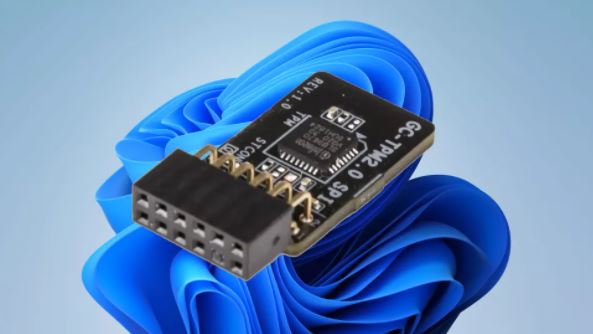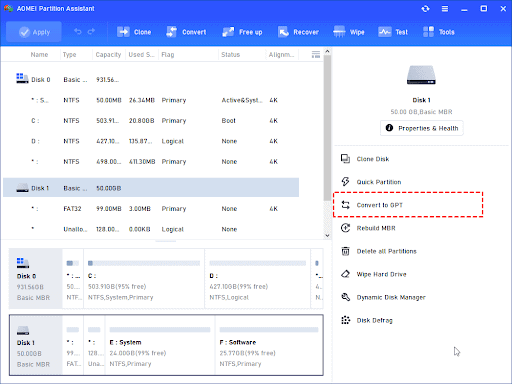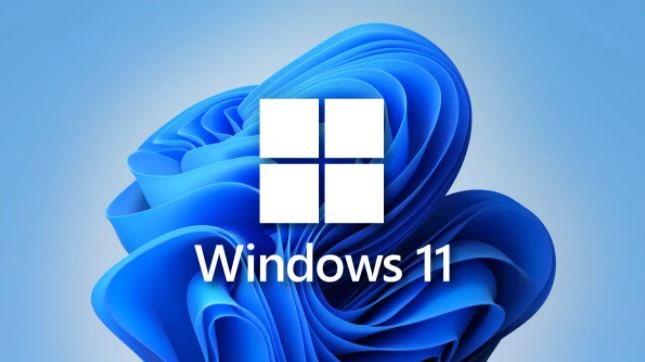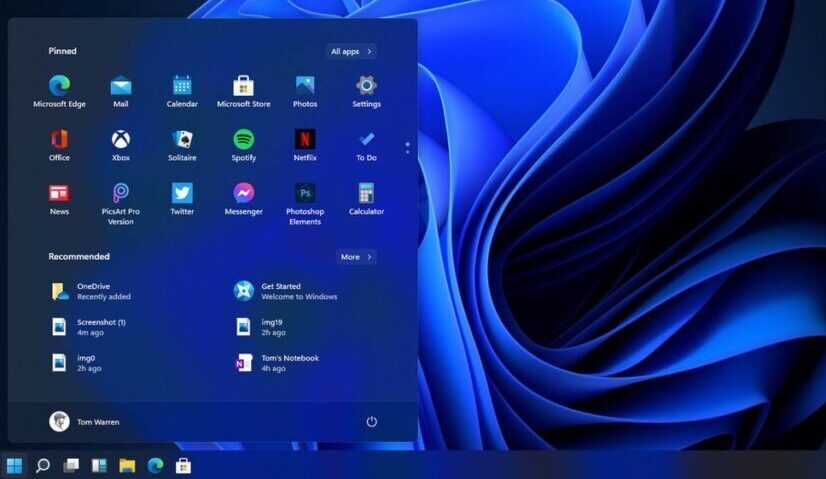What is TPM 2.0
The TPM 2.0 or Trusted Platform Module is an amazing chip built into the logic board or firmware of a computer system to ensure the integrity of the operating system’s security. It is very similar to what Security Enclave does on Macs as it fully controls cryptographic keys, DRM management (digital rights management), and much more.
We all know that not every computer has had TMP 2.0 since it was introduced in 2014, and that’s the problem with using TPM 2.0. There is a high chance that a desktop PC does not have a TMP 2.0 Chip when it comes to a custom-built desktop PC.
However, you can add it if you want. Microsoft provides a list of every processor that can run Windows 11 VM, and most of them were introduced after 2017.

Microsoft recently released its new Windows OS, which is Windows 11. It comes with great features, stunning graphics, and fixes for most bugs on Windows 10 OS.
This article will learn different methods to activate TPM on Intel and AMD Ryzen Processor through the BIOS. Learn how to fix Windows 11 TPM 2.0 Module Error while installing.
Most Windows OS and Tech lovers want to upgrade their PC to the new Windows 11, but the new OS comes with extra layers of a security module as a Windows 11 Minimum Requirements.
This security module is called TPM or Trusted Module Platform. However, the lack of this module on your PC will result in errors during the Windows 11 upgrade process, and you will see This PC can’t run Windows 11 on the PC Health Check app.
Type of TPM Module
There are two types of TPM, Discrete TPM (dTPM) and Firmware TPM (fTPM). The dTPM is a hardware-based module with a dedicated chip to perform TPM functionality. A dedicated slot called “TPM” to plug a dTPM chip is placed on the motherboard. This dTPM may be a 20-pin or 14-pin chip.
However, the fTPM is a firmware-based TPM solution like that of UEFI. It runs in a trusted execution environment of a CPU. On Intel, this functionality is called PTT (Platform Test Technology), and on AMD, it is called fTPM or PSP (Platform Security Processor). There are two versions of TPM, the TPM 1.2 and TPM 2.0, but they do not have backward compatibility.
How to check TPM Status on Your PC
It is essential to check the status of your device TPM before installing Windows 11.
Here are steps to check TPM 2.0 Windows 11 status.
Press both the Windows Key and R key on your keyboard simultaneously, or type RUN on the search box on the Taskbar.
Type “tpm.msc” on the popup window and click ok button. If the status is “The TPM is ready to use,” that TPM is enabled on your computer. If you get TPM not available/deactivated, then compatible TPM can’t be found, and an error will be shown.

How to fix Windows 11 TPM error on AMD CPU
Here are the steps to follow to activate TPM 2.0 on an AMD computer via the BIOS:
Restart your machine and press F10 or F12 (depending on your computer manufacturer) to access the BIOS setting.
Find the Peripherals Tab/Section on the BIOS environment.
Navigate to AMD CPU fTPM, enable it, and save the setting.
Restart your machine to check the status of your TPM.
How to fix TPM 2.0 Windows 11 error on Intel CPU
As we all know Intel has a built-in security technology called TPP that provides a TPM environment.
Here are the steps to follow to activate TPM 2.0 Windows 11 on an Intel-based computer through the BIOS.
Restart your machine and press F10 or F12 (depending on your computer manufacturer) to access the BIOS setting.
Find TPP on the BIOS environment and enable it. (TPP can be found under ‘Advanced\PCH-FW Configuration)
Save the setting after enabling the TPP and check the status of your machine’s TPM.
Microsoft Windows 11 TPM 2.0 Download and Fix Error dTPM method – Hardware-Based Solution
As we have stated above, you need active TPM 2.0 on your machine to install Windows 11, and if your PC does not have the fTPM, you need to use a hardware-based solution. To do this, check your machine motherboard for a slot called “TPM,” which is located close to the front USB PIN connector on the bottom edge of the board.
Look for TPM version theatre v1.2 or 2.0 after locating the connector. You can read your machine’s manual to know the specifications of the motherboard by its model number.
However, compatibility may be an issue when you try to use a TPM 2.0 module on a 1.2 version connector, and you also need to check the connector pin size (12-pin or 14-pin).
Note: The hardware may be company-specific, even after matching everything. For instance, the Asus TPM Module may not work on a Gigabyte board. So it is advised to confirm it with this manufacturer.
Would you like to read more about TPM 2.0-related articles? If so, we invite you to take a look at our other tech topics before you leave!
![]()












